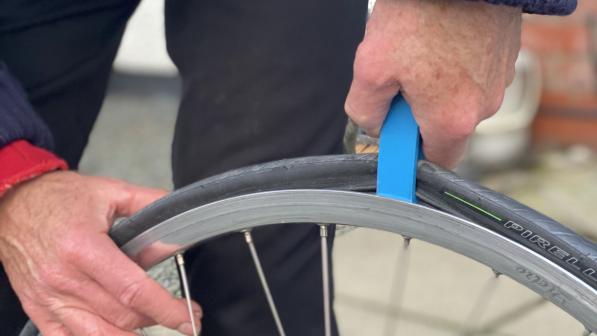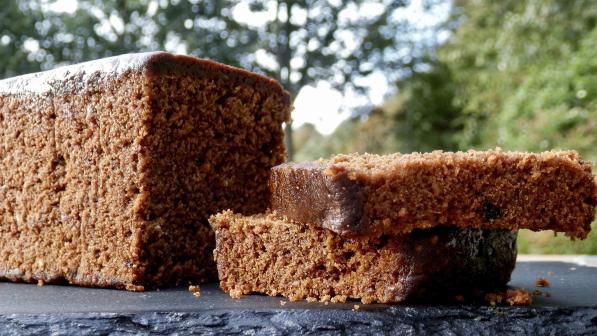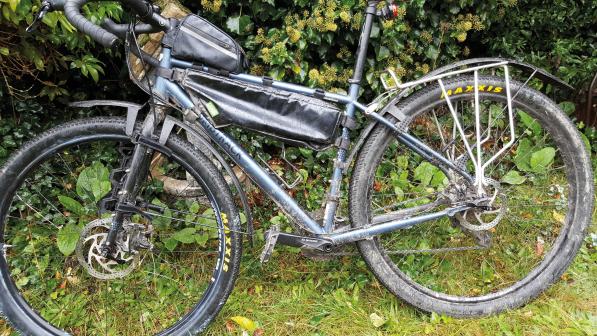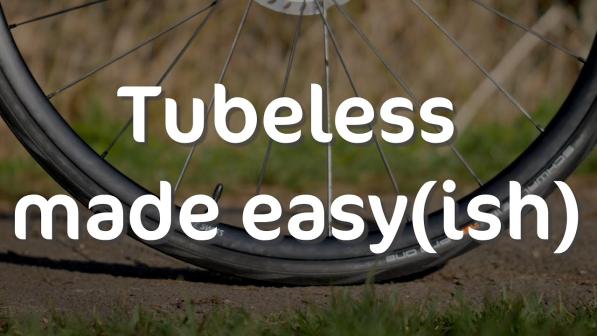Cycle hacks to try this year

Got a handy hack of your own? If so, we’d love to hear from you.
Frozen freehub pawls
Winter cold can cause the pawls to freeze in position in your bike’s freehub so there’s no drive. You just pedal air.
If it happens on a ride, hot water on the freehub may free them. Even the warm water from your own bladder can do the trick… Too icky? Didn’t work? Fasten the back of the cassette to the spokes with cable ties and pedal home very gently on your now fixed-wheel bike, using the lowest gear available.

Give disc brakes the business
A business card, or similar size cut from a birthday card etc, can be used to help adjust a disc brake so it doesn’t rub. Remove the wheel.
Fold the business card neatly over the rotor. Slot the folded card into the disc calliper. Replace the wheel. Loosen the brake calliper bolts.
Squeeze the brake lever and hold it while tightening the calliper bolts. Release the lever. Remove the wheel and card, then replace the wheel.
Spin it. All sorted?

Hidden tenner
Picture this Forgot your debit card or phone? Tech failure at the cash register? Emergency tenner to the rescue, whether it’s coffee and cake or spares like an innertube or a cable.
Leave a £10 note rolled up in a handlebar end, with an elastic band wrapped around it to hold it quietly in place. As bank notes are now polymer it can stay there until needed. It can even be used as a tyre boot for a split sidewall.

Key derailleur repair
Richard Anscombe shared this idea on the Cantii Way Facebook group.
“Have just replaced a bent mech hanger on my wife’s bike. Liked the bent hanger and thought it’d make a cool key fob. Then it came to me: why not buy a spare mech hanger and use it as your keyring?”
Better yet, use a universal hanger so you can fix any of your bikes – or someone else’s.

Winter ride savers
Caught in the rain and cold without the right kit? Plastic bags to the rescue! To keep your feet warmer, step each foot into a plastic bag before putting the shoe on.
A plastic bag up your jersey keeps the cold off your chest. No rain jacket? A black bin bag with holes torn in for your head and arms beats a soaking.
If your hands are cold, get a few pairs of free plastic gloves from a petrol station forecourt.

Quicklink removal
Special pliers aren’t required. Fit the chain on the chainring so the quicklink points up in an inverted V. (It’s fiddlier with a narrow-wide chainring, pictured.)
Give the chain a sharp tap with a multitool, spanner or rock. To refit, loosely fasten the quicklink, then carefully rotate the cranks so it’s situated in the top run of chain.
Apply the rear brake and tread down firmly on the lead pedal.

Clean oily hands
Bike repairs often mean dirty hands. Run out of workshop-grade hand cleaner? Or out and about on your bike? Try sugar and washing-up liquid; liquid soap works too.
Pour a generous amount of sugar into your palm, then add the washing-up liquid or soap to make an abrasive paste. Rub it thoroughly into your hands, then rinse off.

Enjoyable energy food
Parkin is Yorkshire ginger cake. It goes down better than energy bars after a long ride. Here’s how it’s made by Bank View Café, one of our Cyclist Cafés of the Year 2019.
- Mix 12oz golden syrup, 6oz butter, 8oz black treacle. Loosen for 2 min in the microwave.
- Pour into a bowl of 13oz oats.
- Add three eggs, 7oz self-raising flour, 9oz dark brown sugar, 3tsp milk, 3tsp ginger powder.
- Mix well. Pour into a lined tin.
- Bake at 160° for 45 min.

Cheaper sealant
Tubeless tyre sealant isn’t cheap. A pint (473ml) of Stan’s No Tubes sealant has an RRP of £18. My (editor Dan Joyce’s) mountain bike has 29+ tyres and I use at least 100ml in each so it doesn’t go far.
I discovered Oko OffRoad Grade tyre sealant in a shop that sells sit-on lawnmowers. It costs £12 for 1,250ml: two-thirds the price for over two-and-a-half times as much!
The thicker fluid isn’t meant for mountain bikes but it’s working fine in my big, low-pressure tyres. You could dilute it if need be – then you’d have even more for your money.

Tight-fitting tyres
Using a tyre lever to mount a tight-fitting tyre can nip and puncture an innertube. Instead, hold the wheel and tyre at the unfitted section of tyre by the valve, then go around the tyre squeezing the edges (the ‘beads’) into the central well of the rim with your free hand.
This may win you enough slack to fit the last section. If not, use toe-straps or cable ties to hold the tyre beads down in the well of the rim, as pictured. Three or five should do it. Fit the last section by hand, then remove the straps/ties.

Frame protection
The best-looking way to protect a bike frame’s paintwork from rubbing and chipping is with transparent helicopter tape. (Tip: clean the frame with isopropyl alcohol to remove any grease, then warm the tape with a hairdryer.)
For a cheaper, DIY look, use electrical tape – black or roughly the same colour as the frame – or old innertube. The latter is great for: chainstay protection; preventing frame-bag wear; and deflecting down tube rock strikes off-road.

Cutting a fork steerer
The best way to cut a threadless fork’s steerer tube is to use a saw guide, held firm in a bench vice. If you own neither, a couple of old stems will do the job.
First hold the fork in the frame with the headset, the proper stem, and any spacers. Mark the steerer right above the stem (or spacer if you want one above the stem).
Disassemble, then fit the two old stems so there’s a small gap between them for the saw blade. This gap should be ~3mm down the steerer from your mark. Cut the steerer, then file smooth.

Avon skin so soft
Midges: if you’re cycling between April and September in the Scottish Highlands – and many parts of England, Wales and Northern Ireland – they’re infuriating. Repellents with DEET are very effective at keeping them off.
Another option, allegedly used by the Royal Marines, is Avon Skin So Soft. At £5 for a 250ml bottle, it’s cheap, non-toxic, and pretty good. An academic study found it 71.4% effective, versus 95%+ for DEET repellents.
And it leaves your skin nice and soft, eh Marines?

Mudguards without mounts
Many bikes lack frame mounts and/or clearance for full mudguards. Off-the-shelf solutions for road bikes include the SKS Raceblade Long and Crud Roadracer Mk3, but you can sometimes fit standard mudguards.
Use P-clips (search online for ‘Tortec P-clips’) to attach the stays, and fix the mudguard itself to the frame and fork with cable ties – through holes bored in the mudguard if necessary.
If the mudguards won’t fit safely under the fork crown or seatstay bridge, saw them short so they end there.

Perfect cable ties
Cable ties are commonly used for fastening hydraulic brake hoses, brake and gear cables, and sometimes mudguards to a bike frame.
When you cut them to size with scissors or a penknife, you’re often left with a few millimetres of pointy plastic sticking out past the head.
This can scratch limbs – or hands when you pick up the bike – or poke holes in frame bags. The solution? Nail clippers.
Welcome to tidy cable ties that won’t hurt you or your luggage.





